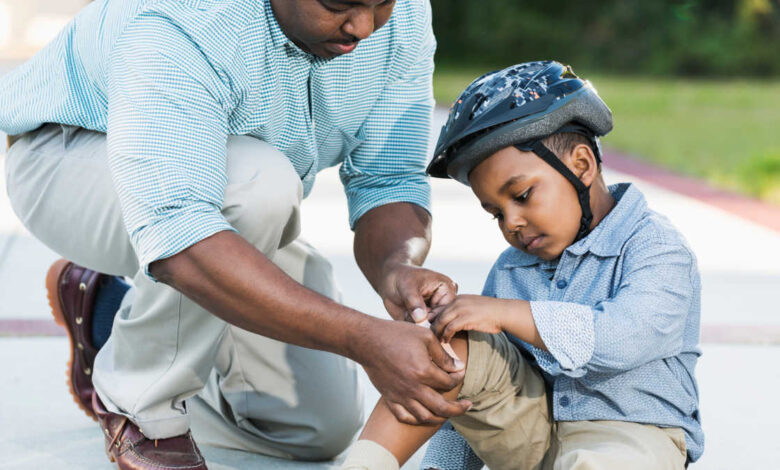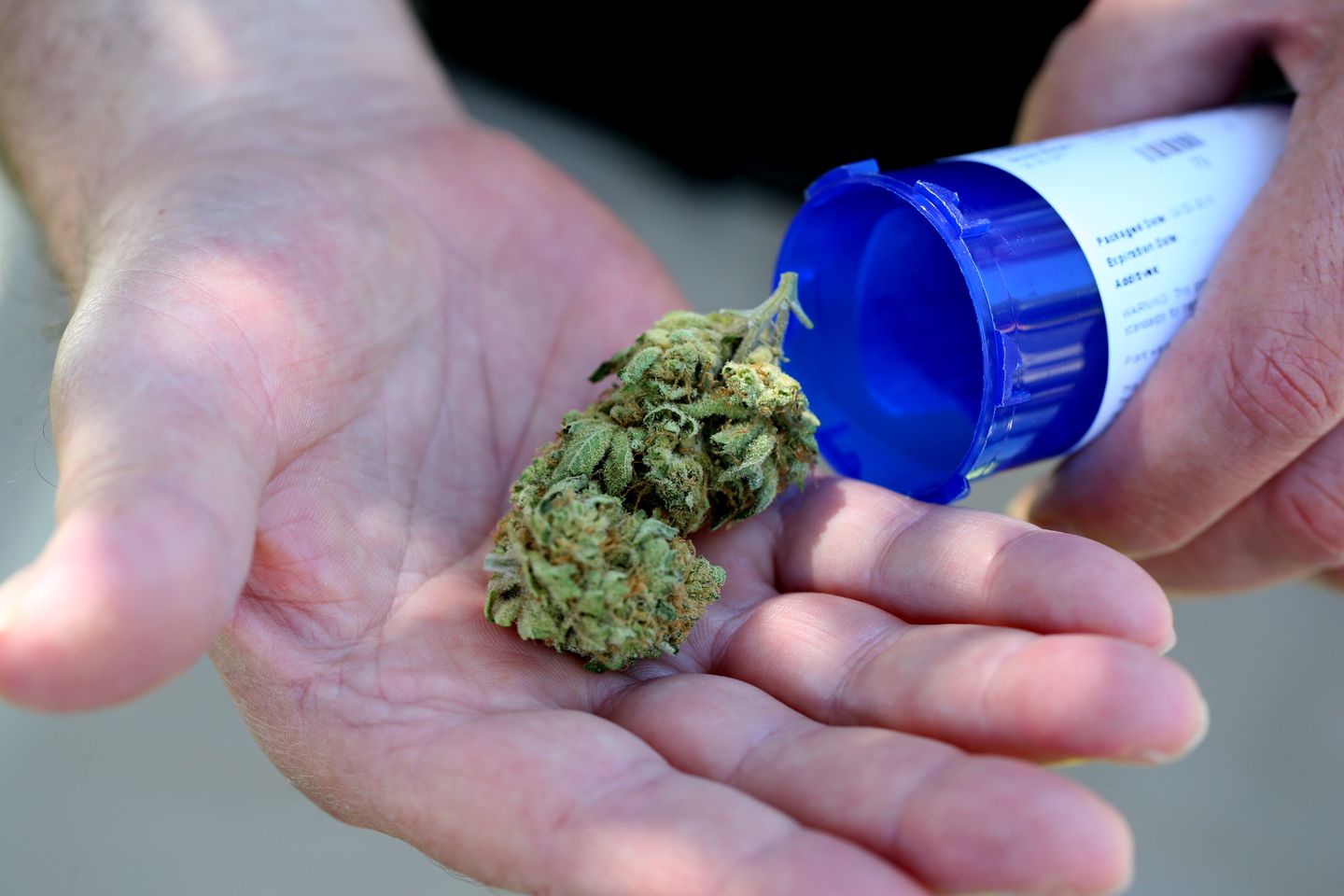Top 10 First Aid Tips for Parents

As parents, ensuring the safety and well-being of our children is a top priority. Accidents can happen in the blink of an eye, and having basic first aid knowledge is essential. In this guide, we’ll explore the top 10 first aid tips for parents to help you confidently handle common situations and keep your little ones safe.
1. Cuts and Scrapes: Clean and Cover
For minor cuts and scrapes, start by cleaning the wound with mild soap and water. Pat the area dry and apply an antiseptic ointment. Cover the wound with an adhesive bandage or sterile dressing to prevent infection.
2. Burns: Cool and Cover
In case of minor burns, cool the affected area under cold running water for at least ten minutes. Avoid using ice, as it can damage the skin. After cooling, cover the burn with a sterile non-stick bandage. Seek medical attention for more severe burns.
3. Choking: Perform the Heimlich Maneuver
If your child is choking, perform the Heimlich maneuver. Stand behind them, place your arms around their waist, make a fist, and perform quick upward thrusts until the object is expelled. If the child is unable to breathe or loses consciousness, call emergency services immediately.
4. CPR: Learn the Basics
Take a CPR course to learn the basics of cardiopulmonary resuscitation. Knowing how to perform CPR can be a lifesaver in emergencies. Courses are widely available and cover techniques for adults, children, and infants.
In emergencies, First aid is crucial. Learn essential skills to respond promptly to injuries, promoting recovery and minimizing harm. Be prepared for any situation that may arise.
5. Nosebleeds: Pinch and Lean Forward
If your child has a nosebleed, have them pinch their nostrils together and lean forward slightly. This helps prevent blood from flowing down the back of the throat. Encourage your child to breathe through their mouth. If the bleeding persists, seek medical attention.
6. Sprains and Strains: R.I.C.E. Method
For minor sprains and strains, remember the R.I.C.E. method: Rest, Ice, Compression, and Elevation. Allow the injured area to rest, apply ice to reduce swelling, use compression (with an elastic bandage), and elevate the limb if possible.
7. Insect Bites and Stings: Remove Stinger and Apply Ice
If your child is stung by an insect, remove the stinger using a credit card or tweezers. Wash the area with soap and water, and apply ice to reduce swelling. Monitor for signs of an allergic reaction and seek medical help if necessary.
8. Allergic Reactions: Use an EpiPen if Prescribed
If your child has a known severe allergy, always have an EpiPen on hand and know how to use it. Administer the EpiPen as directed and seek immediate medical attention. Inform teachers, caregivers, and family members about your child’s allergies.
9. Fevers: Keep Hydrated and Use Fever-Reducing Medication
For fevers, keep your child hydrated with water or electrolyte drinks. Use age-appropriate fever-reducing medication as directed by a healthcare professional. Monitor the child’s temperature and seek medical advice if the fever persists or worsens.
10. Poisoning: Call Poison Control Immediately
If you suspect your child has ingested a toxic substance, call Poison Control immediately. Do not try to induce vomiting unless advised by professionals. Have the name and information of the substance ingested ready when you call for assistance.
By familiarizing yourself with these top 10 first aid tips, you empower yourself to respond effectively to common childhood emergencies. Consider taking a certified first aid course to enhance your skills further and ensure you’re well-prepared for any unforeseen situation. Your proactive approach can make a significant difference in your child’s safety and well-being.


